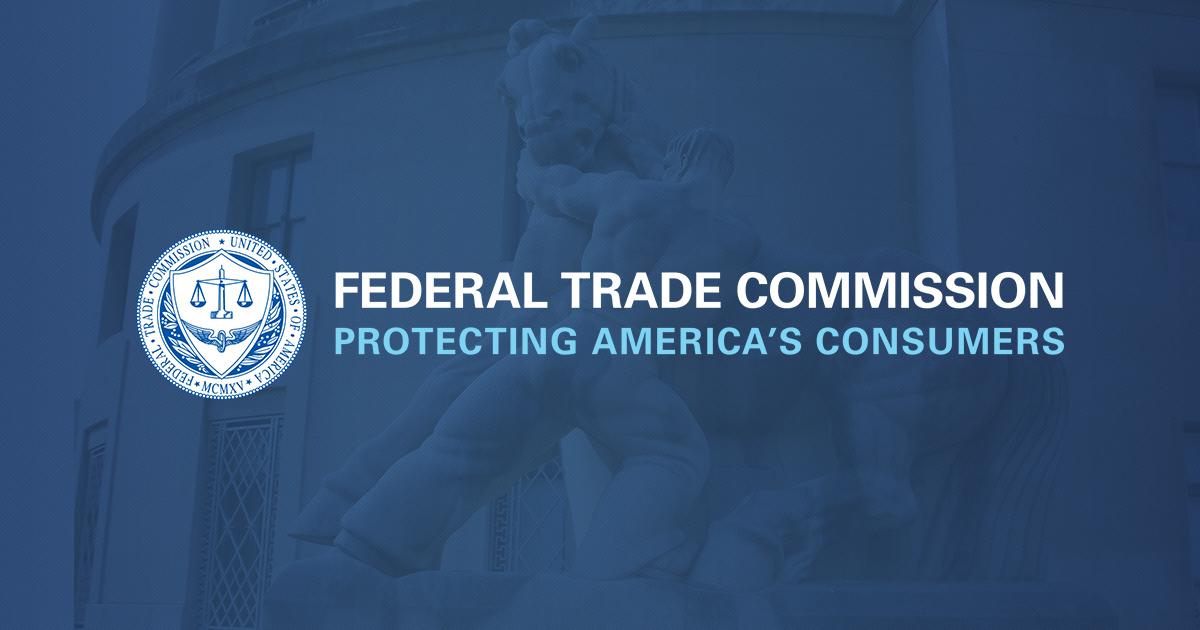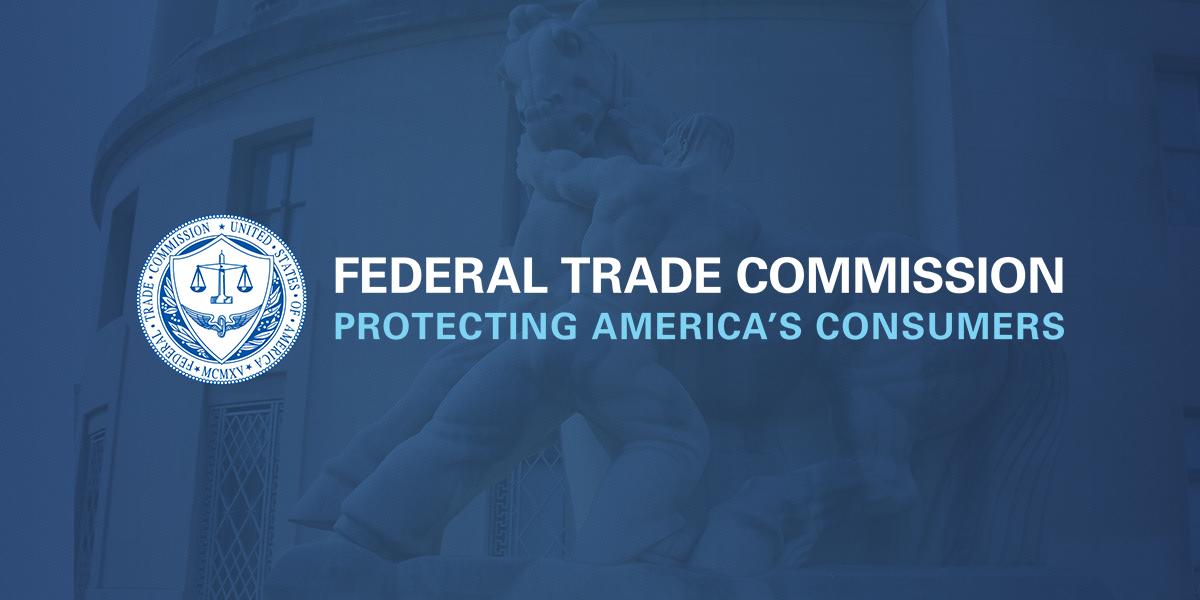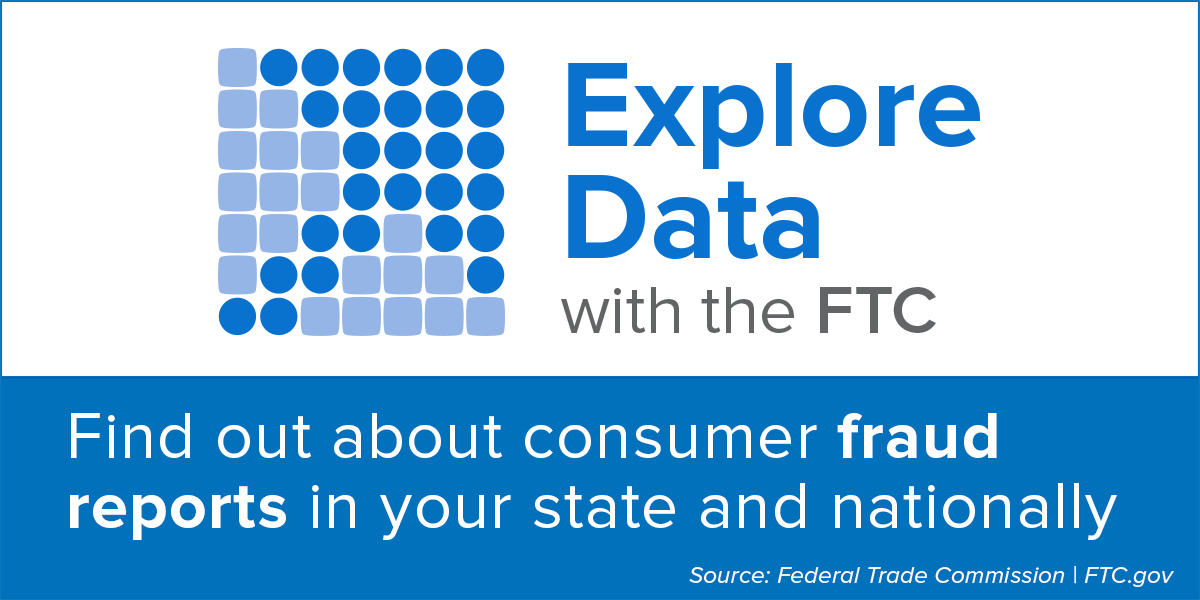Then, now, and down the road: Trends in pharmaceutical patent settlements after FTC v. Actavis

Then, now, and down the road: Trends in pharmaceutical patent settlements after FTC v. Actavis
Last week, Bureau of Competition staff published a report on filings received in fiscal year (FY) 2016 under the Medicare Prescription Drug, Improvement, and Modernization Act of 2003 (MMA), the thirteenth such report since the MMA took effect in 2004. These reports identify the frequency of pharmaceutical patent settlements and specific types of provisions that appear in such settlements. Comparing the data in these reports with developments in the law—including the advent of the “scope of the patent” test in 2005 and the Supreme Court’s rejection of that test in favor of traditional antitrust principles in 2013—indicates how pharmaceutical companies have responded to changes in the prevailing legal standard. With more than three years’ worth of data since the Supreme Court’s FTC v. Actavis decision, it appears that pharmaceutical companies have adjusted to the legal landscape: they continue to develop products and settle litigations while largely avoiding reverse payments.
Claims Disproven
Prior to the Supreme Court’s decision, pharmaceutical companies and their trade associations warned that subjecting all reverse-payment agreements to antitrust scrutiny would significantly reduce generic companies’ incentives to develop lower-cost equivalents to branded products and the companies’ ability to settle their patent litigation. Several years of settlements since Actavis prove otherwise.
Fact: Companies are settling more cases on more pharmaceutical products than before the Actavis decision. In FY 2016, pharmaceutical companies filed 232 final settlements of patent litigation, an increase of more than 35% compared to the previous record set in FY 2015. Those final settlements relate to 103 distinct pharmaceutical products covering a variety of dosage forms. In comparison, in FY 2011 and 2012—the two complete years of filings prior to the Supreme Court’s decision—the number of distinct pharmaceutical products covered were 90 and 88, respectively. Prior years covered even fewer drug products. The FY 2016 data, therefore, show that, since Actavis, pharmaceutical companies are reaching settlements on more products and with more generic companies on average for each product.
Another Fact: Parties can—and do—settle patent litigation without the brand company paying its potential generic competitor. Of the 232 final settlements received in FY 2016, only one contained a no-AG commitment or a side deal—the most commonly challenged forms of reverse payments. That is the lowest level since 2004 (the first year of data), when there were no such payments. These figures indicate that side deals and no-AG commitments are not necessary to settle pharmaceutical patent litigation.
Instead, companies settled with reverse payments because they thought it was permissible to do so. After some courts largely inoculated most reverse payments from antitrust review in 2005, the use of reverse payments skyrocketed. In 2004, none of the final settlements included reverse payments. In FY 2006 and FY 2007, 40-50% of all final settlements filed with the FTC contained reverse payments.
When the Supreme Court made it clear, however, that reverse-payment agreements are subject to antitrust scrutiny, companies found other ways to settle. For example, the use of side deals and no-AG commitments has declined precipitously in recent years. Indeed, no companies used a side deal—the type of agreement at issue in Actavis—in a final settlement in either FY 2015 or FY 2016. Further, after courts ruled that no-AG commitments can be reverse payments, the use of no-AG commitments in final settlements also declined dramatically from 19 in FY 2012 to just a single instance in FY 2016.
The FY 2016 report also indicates that pharmaceutical companies are not only abandoning past practices likely to lead to antitrust liability, but also increasingly using provisions that have received a nod of acceptance by the courts, legislators, and/or enforcement agencies. For example, the Supreme Court indicated that payments for anticipated litigation costs saved by the brand company through settling may be justified, and thus permissible. FTC consent settlements often include an exception for avoided litigation fee payments under $7 million. The FY 2016 data show a sharp increase in the number of settlements that include payments from the brand company to the generic company for “litigation costs.” In FY 2016, there were 29 such payments, more than double any previous year. All 29 of these payments fall at or below the $7 million threshold, with an average payment of $2.85 million.
The Next Frontier
FY 2016 also saw an increase in settlements involving “possible compensation.” Settlements are categorized as involving “possible compensation” when it is not clear from the face of the agreement whether certain provisions act as compensation from the brand to the generic company. In FY 2016, seventeen final settlements contained possible compensation (fourteen contained only possible compensation and three contained possible compensation and litigation fees).
A common example of possible compensation is an agreement in which the brand company commits not to license any third party to sell an AG product for a period of time (a no-third-party-AG commitment). Though such a commitment does not block the brand from launching an AG on its own, it could nonetheless replicate the adverse effect of a no-AG commitment, particularly if the brand company has little or no experience selling generic products in the United States. Another common form of possible compensation is an agreement containing a declining royalty structure, in which the generic’s obligation to pay royalties is substantially reduced or eliminated if a brand company sells an AG. Like a no-third-party AG commitment, this type of provision does not explicitly preclude the brand from launching an AG, but it may achieve the same effect. Possible compensation in agreements increased by 70% compared with FY 2015. The FTC staff will be closely scrutinizing such agreements as filings with side deals and traditional no-AG commitments continue on a downward trend.
A final trend noted in the FY 2015 and FY 2016 reports is that pharmaceutical companies have been simultaneously settling federal court litigation and a proceeding before the U.S. Patent and Trademark Office’s Patent Trial and Appeal Board (PTAB), such as an inter partes review or a post-grant review. The MMA’s filing requirements are based on the substance of an agreement, not the venue in which the parties are contesting patent issues. Even if settling an inter partes review or a post-grant review on a standalone basis, the agreement must be filed if it meets the statutory requirements—for example, it involves a (1) brand company; (2) a generic company; and (3) it relates to the manufacture, marketing, or sale of the product covered by the generic company’s ANDA filing. FTC staff will be updating its Pharmaceutical Agreement Filing FAQs to remind pharmaceutical companies that the MMA requires submission of these and other types of agreements (e.g., stipulations of dismissal submitted jointly by the brand and generic companies in which the ANDA filer is precluded from selling its product until a future date).
Continued Review and Reporting
Even though the number of settlements with reverse payments have declined since Actavis, antitrust enforcement still plays a critical role in ensuring that these agreements (and future variations on the same theme) do not harm consumers. FTC staff will continue to review and report on MMA filings, which it has done since MMA requirements took effect in 2004. Late last year, Congress extended reporting requirements to certain agreements relating to biologics and biosimilars seeking FDA approval under the Biologics Price Competition and Innovation Act (BCPIA). The FTC has started reviewing these agreements to assess whether they raise competitive concerns, and starting with FY2019 data will include information about these agreements in future reports.
What's Your Reaction?
 Like
0
Like
0
 Dislike
0
Dislike
0
 Love
0
Love
0
 Funny
0
Funny
0
 Angry
0
Angry
0
 Sad
0
Sad
0
 Wow
0
Wow
0








